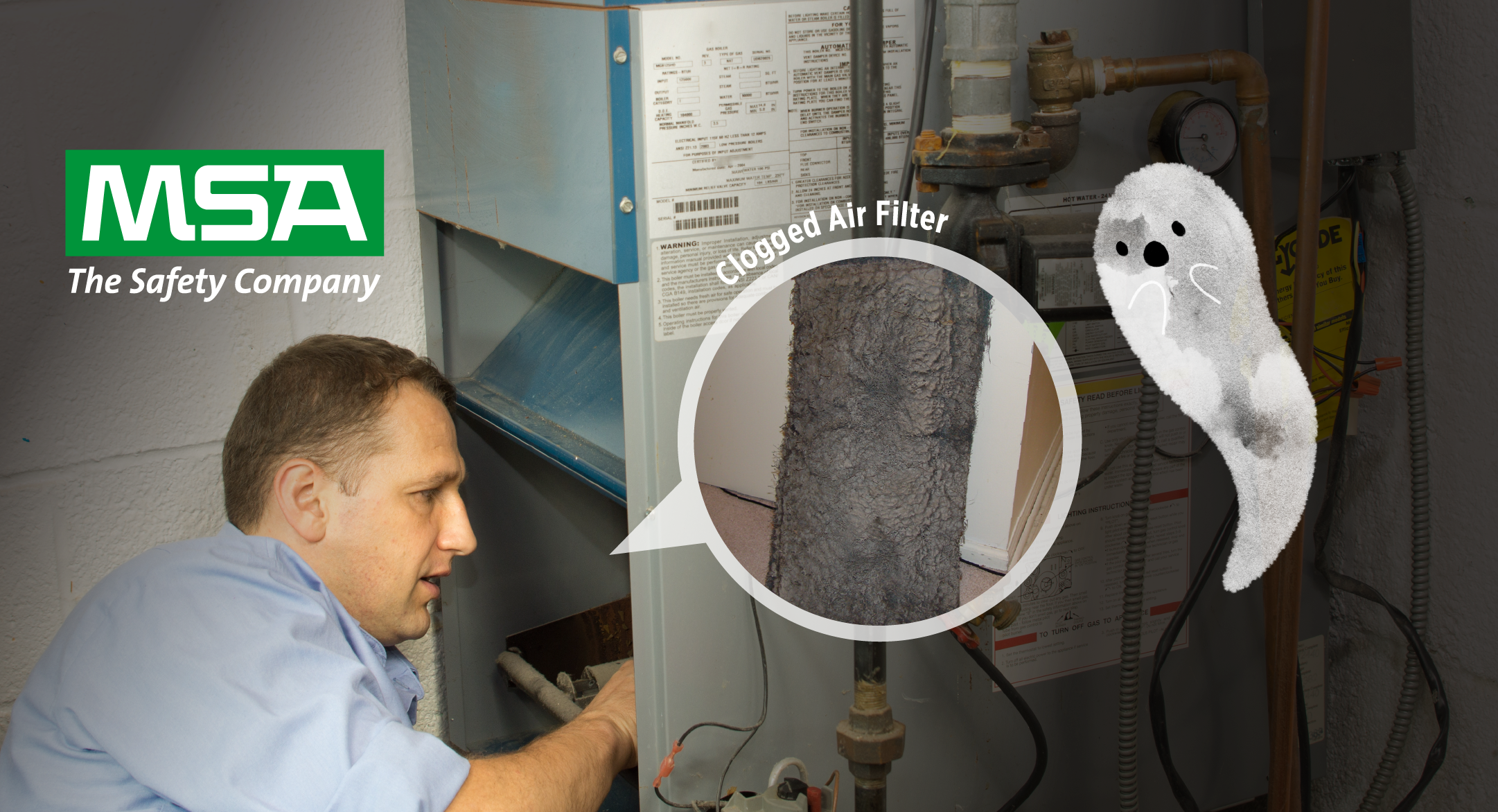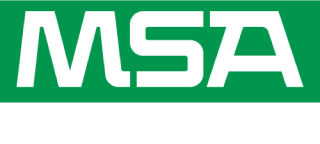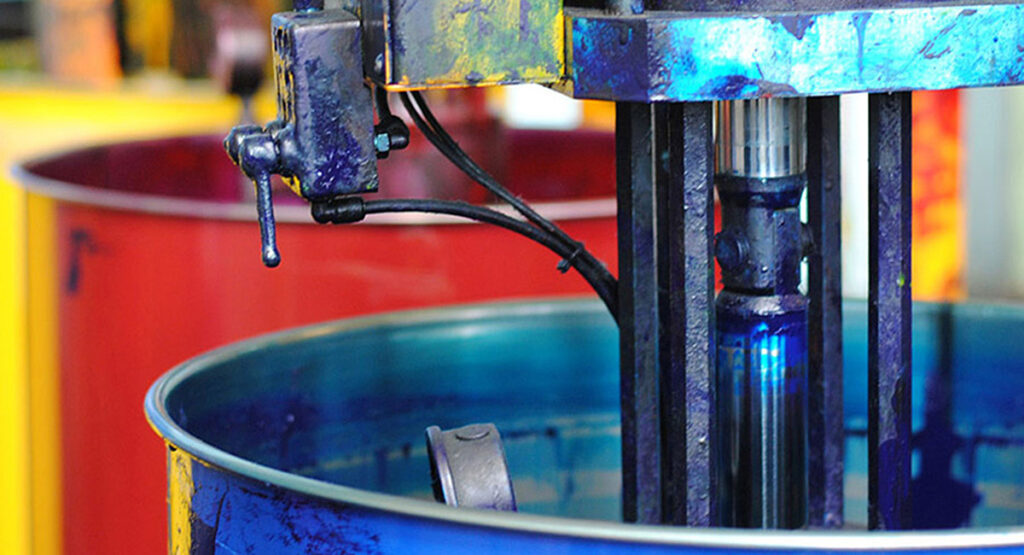
Inerting of vessels is typically associated with tanks directly involved in a manufacturing process, but that is not its only use case. In this application, inerting was needed after the manufacturing process was complete and the process tanks were being cleaned. Often, a tank must be cleansed to a level of purity that can only be achieved using flammable solvents, regardless of the components that were used in the manufacturing process. This article explores a successful solution for a similar application.
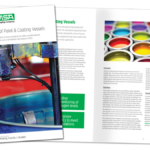
Download your copy of this success story and find out how MSA Safety’s gas inerting experts can help you improve the safety of your Maintenance processes for paint and coating vessel cleaning.
Download the PDFA well-known paint and coatings manufacturer’s plant, located in California, had several vessels used to produce water-based paints and coatings. Being water based, the manufacturing process posed no dangers of fire or combustion, and therefore had no need for inerting. Color matching paints between batches demanded strict tolerances and played an essential part in meeting quality control requirements. In order to achieve that quality standard, a very strict cleaning protocol for the vessels was developed by plant personnel to ensure that all residue from the previous batch was completely removed, even when the tank was to be used for a batch of the same color.
In order to achieve that quality standard, a very strict cleaning protocol for the vessels was developed by plant personnel
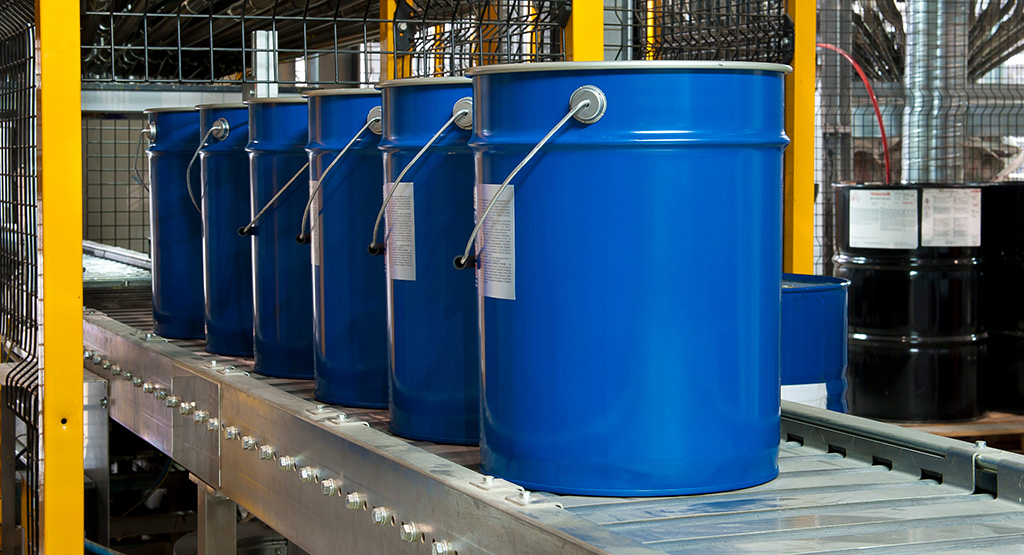
Concern
The strict cleaning process introduces the three parts of the fire triangle: Fuel – the cleaning solvent. Ignition – sparks may occur if the rotating metal nozzle were to make contact with the sides of the tank. Oxygen – air that entered the vessel as it had been opened. The Plant Safety Engineer determined the risks were too great during cleaning and denied approval of the procedure as it was originally proposed. A solution had to be found.
Solution
After careful consideration, the most effective solution identified was to outfit the tank with an inerting control system. Inerting, using nitrogen for example, displaces the air from the tank. By removing the air, oxygen decreases to safe levels and concerns of combustion are minimized. Various techniques for controlling the nitrogen flow were evaluated and discarded, as some use too much nitrogen and could potentially release high amounts of VOCs into the air when mixed with nitrogen. VOC emissions are strictly regulated under California environmental rules and must fall under permitted threshold levels.
As established by the plant safety team, the operations group was now required to verify and document when the vessel was inert, and thus safe to start the cleaning process. These requirements were easily met with an oxygen analyzer based inerting system in place.
The cleaning procedure adopted by the plant team now met the appropriate safety requirements
The cleaning procedure adopted by the plant team now met the appropriate safety requirements. First, the cleaning head is installed inside the emptied tank. Next, the tank is purged with nitrogen to remove as much air as possible. Using the readings from the oxygen analyzer, the tank is balanced to a safe oxygen concentration, below the MOC (maximum oxidant concentration) for the solvent used prior to introducing solvent into the tank. MOCs are empirically determined by the manufacturer of the different solvents and published for reference. In addition, the National Fire Protection Association (NFPA) has issued guidelines, such as NFPA-69, that help users determine the recommended target maximum oxygen levels based on the MOC of the particular solvent being used. Once the target MOC has been achieved and documented via the oxygen analyzer, the cleaning process, consisting of spraying solvent from the spinning head inside the tank, commenced. The analyzer actively monitors oxygen levels during the process, ensuring no spikes occur. Furthermore, it provides historic records of each process completed.

Once a maximum oxygen concentration target was established, the team began evaluating flow rates of raw material supply lines in the system. By raising the feed rate of different lines, they established precise productivity increase allowances while maintaining oxygen below the permitted maximum. Excitement rose as the data determined that material throughput to the mixing vessel could sufficiently increase at an approximate rate of 2 ½ times without compromising safety; confirming value in the proposed introduction of a complete oxygen analysis system.
Additionally, the data generated by the oxygen analyzer can easily be fed to a PLC and stored for tracking purposes. This is invaluable for troubleshooting and documenting safety compliance when needed.
Conclusion
By careful planning and implementation of an oxygen analyzer based inerting control system, the plant was able to achieve its goals of cleaning the tanks in a safe manner, and in compliance with the regulations governing environmental releases. MSA Safety engineers helped plant operations with the selection of both the equipment to be used and the sensor itself. Because of the harsh environment, the engineers were able to recommend a number of components to protect and enhance the life of the sensor, such as filters and demisters.
Several years after the system was installed, the manufacturing plant continues to operate in an enhanced and safer environment.
MSA Gas Inerting Experts are available to help in a variety of applications. For assistance, provide project details at myBacharach.com/GAsurvey and one of our application engineers will help to optimize your process using inerting.



